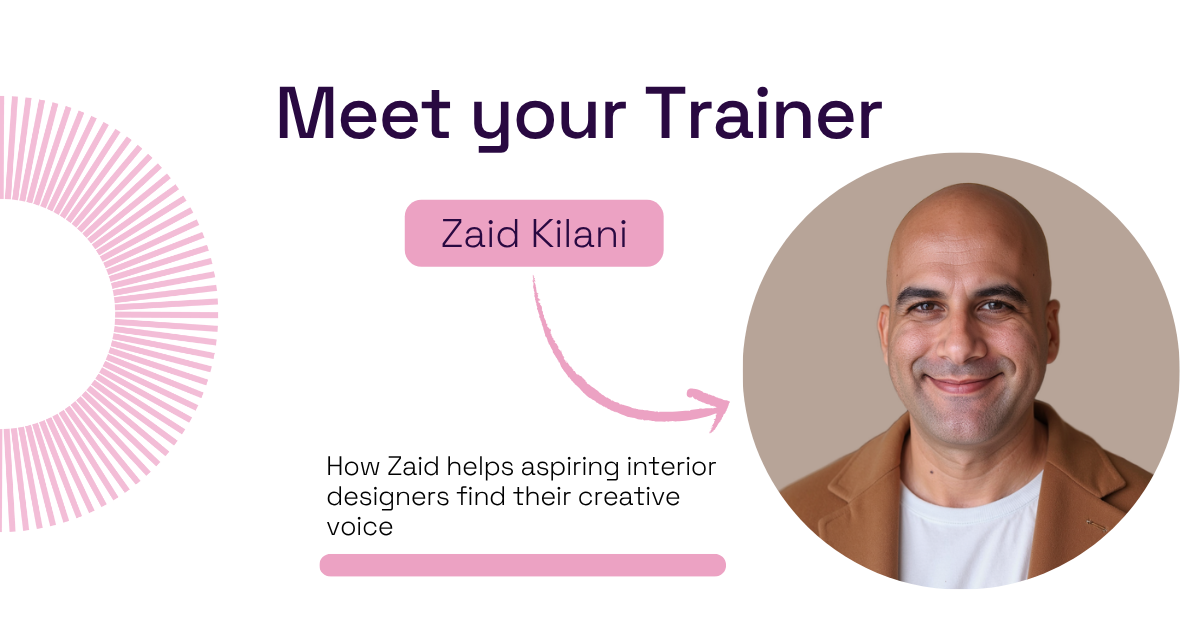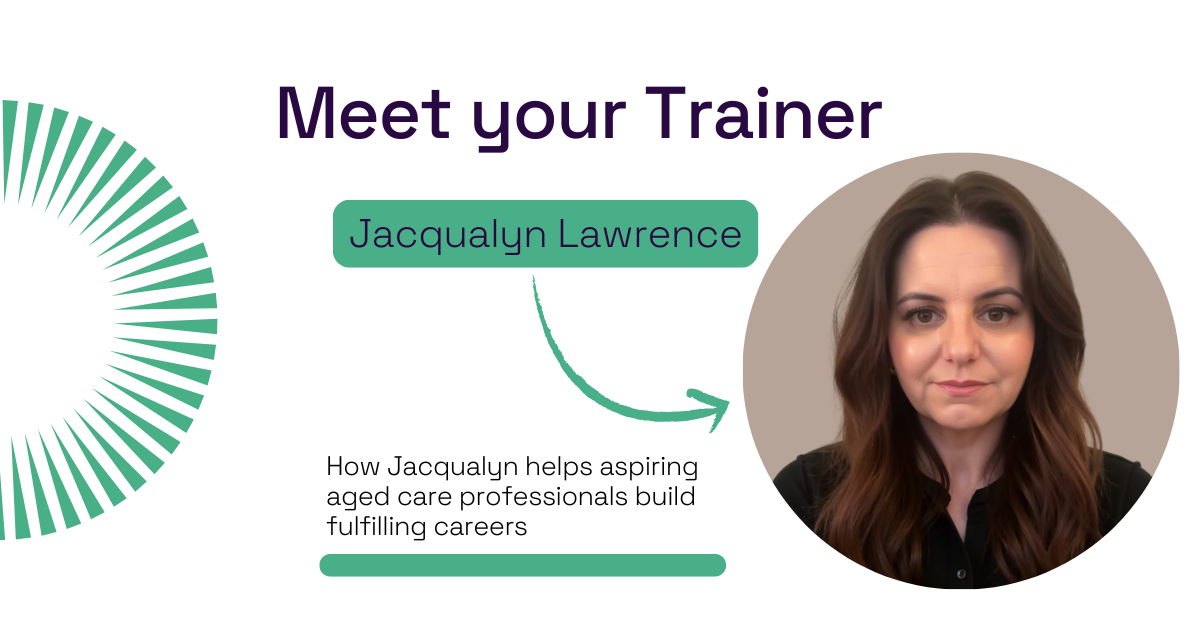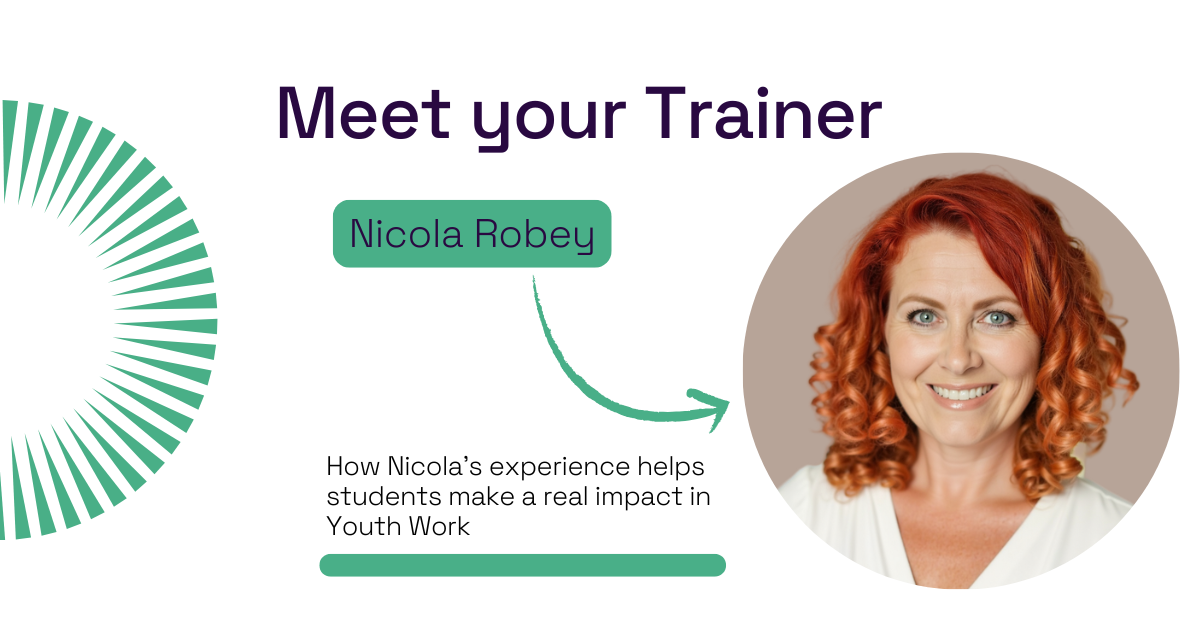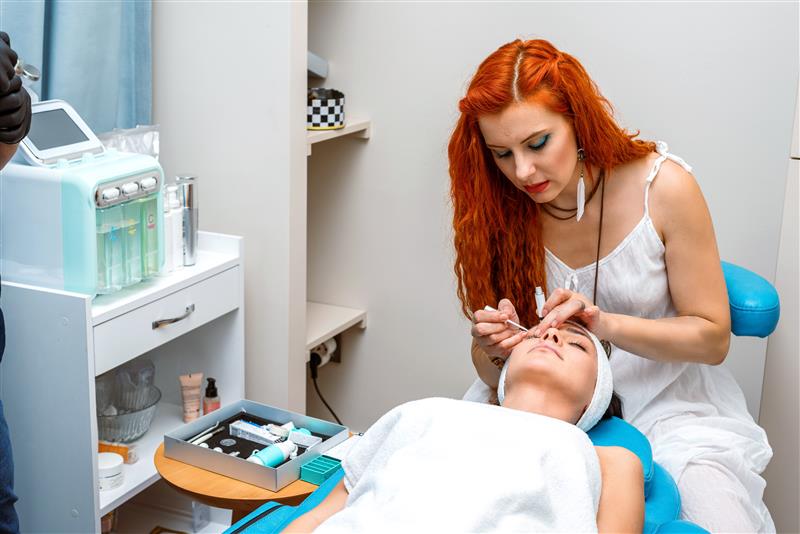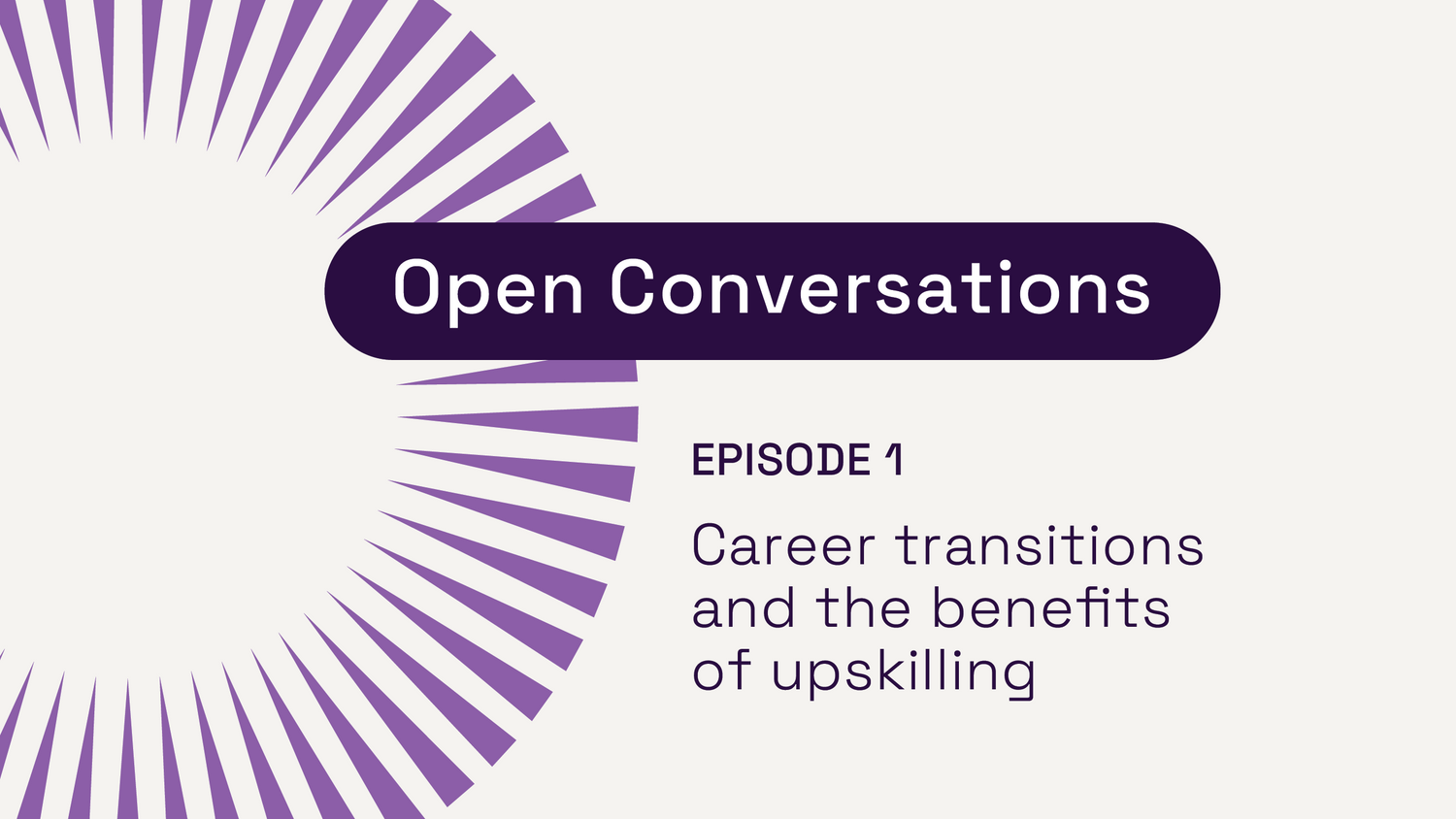Explore our collection of informative and educational blog posts to stay updated on the latest industry trends and expert advice.
The Evolution of Learning Technologies
Human beings have always been seekers of knowledge. The minute we discover something new, we want to share it with others and move onto the next achievement. Since the beginning of recorded history (and probably before) we have always strived to discover the mysteries of the planet, of Earth and of ourselves. How has learning evolved over the course of human history and what might the future hold for us? Follow our time traveller on his journey through time and space.
3400 BC
Hieroglyphics
Egyptian hieroglyphs combined logographic and alphabetic symbols on papyrus and wood. Discovered as early as 3400 BC, hieroglyphics indicated that there had been an education system as ancient times. Most scholars believe Egyptian hieroglyphs came into existence a short time after Sumerian script. Phrases, laws and rules could now be taught, written down and kept permanently so anyone who came across them could walk like an Egyptian.

480 - 425 BC
Abacus
Herodotus first wrote about the abacus in 480 BC. The ancient Egyptians also used it as a counting mechanism and for trade. The earliest surviving abacus, the Salamis Tablet, is from around 300 BC and was used by the Greeks. The abacus we are most familiar with today is the Chinese suan-pan, which was first documented in 190 AD, a device that just about anyone could count on.

150 BC
PERIOD 2 Middle Ages
First computer
You may not have realised it but several analogue computers were constructed in ancient times to perform astronomical calculations. These include the Antikythera mechanism and the astrolabe. Both of these are generally regarded as the earliest known mechanical analogue computers. These devices contributed to the education of society and to the knowledge base of the Greeks. And they hardly ever crashed and never needed software updates!

700 AD
Quill pen
Introduced around 700 AD, the quill is a pen made from a bird feather. The strongest quills were those taken from living birds in the spring from the five outer left wing feathers. Goose feathers were quite often used while rarer, more costly swan feathers were used for larger writing jobs. In the USA (depending on availability and strength) other feathers used were from the crow, eagle, owl, hawk, and even the turkey!

1300 AD
The Renaissance
The Renaissance was a cultural movement that spanned the period roughly from the 14th to the 17th century, beginning in Italy in the Late Middle Ages and later spreading to the rest of Europe. Education and new ideas abounded and education spread like wildfire. Emphasis was placed on art, and the classics of Greek and Roman knowledge. Botticelli's The Birth of Venus thrilled her audiences after being commissioned by the Medici family in 1486, as she still thrills people today.

1450 AD
PERIOD 3 Early Modern
Printing press
German Johannes Gutenberg invented the printing press around 1450. A goldsmith by profession, he developed a printing system by adapting existing technologies and making inventions of his own. His hand mould made the rapid creation of metal movable type in large quantities possible, spreading the opportunities for education of the masses. His new invention made copying documents much easier and accessible to more people. And unlike modern printers, A4 paper jams were never a problem!

1795 AD
Pencil
In 1795 Nicholas Jacques Conte, an officer in Napoleon's army, discovered a method of mixing powdered graphite with clay and forming the mixture into rods that were fired in a kiln. This improved on technology discovered by a Czech manufacturer called Koh-i-Noor Hardtmuth. They were one of the world's largest producers and distributors of pencils, pens, and art supplies. Formed in 1790 by Joseph Hardtmuth of Austria, the company was named after the Koh-i-Noor diamond from India.

1875 AD
First correspondence school
In 1873, Anna Eliot Ticknor founded the Society to Encourage Studies at Home, a network of women teaching fellow women through the mail. In 1875 a lending library was established for the members of the Society which eventually served about 10 000 members until 1897. Learning by distance was seen to be a great way to get skills that you wouldn't have otherwise had. Instructors offered their time and services completely for free.

1903 AD
PERIOD 4 20th Century
The first calculator
To help educate people about numbers, the first mechanical calculator called the Yazu Arithmometer was patented in Japan in 1903. It consisted of a single cylinder and 22 gears, and employed the mixed base-2 and base-5 number system familiar to users of the Japanese abacus. Professionals (as well as students) would go on to use these for many decades to come. No one is sure when students first discovered how to make 'naughty words' on their calculators by turning them upside down!

1948 AD
First stored-program computer
Where would education be without computing? The Manchester 'Small-Scale Experimental Machine', nicknamed 'Baby', was the world's first stored-program computer. It was built at the Victoria University of Manchester and ran its first program on 21 June 1948. Baby was a whopping-great thing, it took up a whole room! The SSEM had a 32-bit word length and a memory of 32 words - that's only half the size of this paragraph!

1968 AD
The Dynabook
The concept of mobile learning as we are familiar with it today originated in 1968 when Alan Kay conceived the KiddiComp (later renamed Dynabook), a portable, lightweight, battery-operated networked computer with a colour graphical display. While the device was never actualised, many concepts and products came as a result of this original idea. Many people say that the inspiration for today's notepads and laptops are a result of this early technology.

1971 AD
PERIOD 5 Computer Era
E-textbook
In 1971, Michael Hart scans and publishes the Declaration of Independence on the internet as the first document of what would eventually become Project Gutenberg, the first digital library in the public domain. Released in 1987 as an effort by Microsoft to showcase the advantages of the CD-ROM medium, Microsoft Bookshelf was the first widely-available educational program in an electronic format. It would be a few decades until selfies, hashtags and the Kardashians made their debuts.

1977 AD
Apple II
The Apple II was released in 1977 and featured Visicalc (Apple's proprietary spreadsheet) and educational games such as Oregon Trail. Apple also allowed Bell and Howell (a school equipment supplier) to distribute the Apple II to schools. In 1979 the Apple Education Foundation was established, which granted complete Apple II systems to schools. It may not have had the bells and whistles we associate with Apple today, but it was far more advanced than any other technology available to everyday people.

1989 AD
Tablet computer
Think tablets are a thing of the new millennium? Think again! The GRiDPAD was released in 1989 and featured a touch-sensitive LCD with an on-screen keyboard and handwriting recognition technology to facilitate writing with the attached stylus. It also had internet capability and could accommodate speakers for music playback. It was the first commercially successful tablet but was expensive and clunky, weighing nearly 1.4 kilos, costing about $3000!

1994 AD
PERIOD 6 Modern Day
Smartphone
Named Simon as it was supposed to be 'simple', the IBM Simon, released in 1994, is regarded as the first smartphone. It had a monochrome touchscreen, was able to make calls, send text messages, and had fax capabilities. It was also able to send emails, and had a calculator, calendar and world clock. It featured predictive typing and had the ability to accommodate a camera, maps, and music playback. They were only on the market for about 8 months and sold an impressive 50 000 units.

1997 AD
Google began in January 1996 as a research project, spearheaded by Larry Page and Sergey Brin while they were both still students. It was different from other existing programs, as it had a very simple design. While conventional search engines ranked results by counting how many times the search terms appeared on the page, the inventors came up with a technology called PageRank which determined relevance by the number of pages linking back to the original site.

2008 AD
MOOC (Massive Open Online Course)
In 2008, Stephen Downes and George Siemens launched an open online course entitled 'Connectivism and Connective Knowledge' that was presented to 25 tuition fee-paying students in Extended Education at the University of Manitoba. Over two thousand students also took the online class free of charge. This is widely recognised as the first MOOC. Now MOOCs run in their thousands, sometimes for free, for just about every topic imaginable as online education rises in popularity.

2013 AD
PERIOD 7 Future
Wearable tech
2013 saw the limited release of Google Glass, the first mass-produced wearable device providing an augmented reality platform and cloud access to the user. The possibilities for educational activities utilising Google Glass are beginning to take shape. Some people worry about privacy and some governments are considering banning them but there is no doubt, lots of people are still very excited about this technology and what it means for the future of learning.

2029 AD
Brain implants
Wearable technology will be replaced by permanent or temporary implants in the ears and eyes that allow direct interface with computers and the internet. The implants are also able to record everything the person hears and sees. Computer implants designed for direct connection to the brain are available. They are capable of augmenting natural senses and enhancing higher brain functions like memory, learning speed and overall intelligence.

2059 AD
3D printers
3D printing may use various processes to make a three-dimensional object. In 3D printing additive processes are used and successive layers of material are laid down under the control of a computer. These objects can be of almost any shape or geometry, and may even include food products! 3D printing could become a mass market product which allows people to save money when buying common household objects. Instead of going to a shop a person might print a product at home from a downloaded 3D model.

2099 AD
Robots
Intelligent beings can now instantly acquire knowledge and skills by downloading them directly. Skills such as knowledge of foreign languages and the ability to play musical instruments or perform complex tasks (like operating machinery or performing surgery) are now accessible to anyone. The process of learning is compressed into an instantaneous affair instead of the years-long struggle normal humans experience. Now all people can focus their energies on new discoveries and contributions and can realise their full potential.

What will the future bring us?
Time and learning does not stand still, it will continue to evolve and change as we develop new relationships with ourselves and our environments. What will the future bring us? Will human beings continue to discover new, innovative knowledge and grow, inventing new technologies and harnessing more of the Earth's natural powers? Only time will tell, but do you care to adventure a guess? What does the future of learning hold for us?

